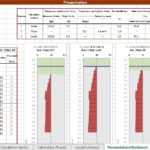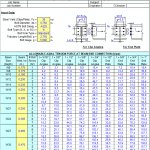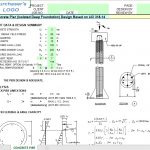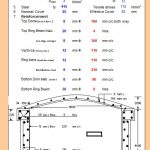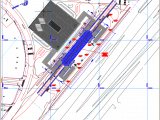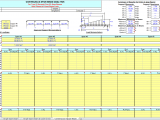
Liquefaction Analysis Excel Sheet
7 May 2025Table of Contents
Liquefaction Analysis Excel Sheet
Soil liquefaction is a critical geotechnical issue that poses significant risks to structures and infrastructure, particularly in seismic zones. It occurs when saturated, loose, granular soil loses its strength and stiffness in response to stress—commonly caused by an earthquake—causing it to behave like a liquid. This phenomenon can lead to catastrophic ground failure, building collapse, and infrastructure damage, making it a vital topic for civil engineers, urban planners, and construction professionals.
What Causes Soil Liquefaction?
The primary cause of soil liquefaction is ground shaking during an earthquake, but several other factors contribute, including:
-
Loose, granular soil types such as sand or silt
-
Saturation with water (usually in areas with a high water table)
-
Repeated or cyclic loading from seismic activity or heavy machinery
-
Lack of soil compaction during initial ground preparation
These conditions can create a perfect storm, making the soil lose its ability to support loads.
Effects of Soil Liquefaction
The consequences of liquefaction can be severe and far-reaching. Here are some common effects:
-
Settlement and tilting of buildings
-
Uplift of buried structures like tanks and pipelines
-
Landslides and ground spreading
-
Bridge and road failure
-
Disruption of utilities and transportation systems
In some cases, liquefaction has led to entire neighborhoods being rendered uninhabitable after major seismic events.
How to Prevent or Mitigate Soil Liquefaction
While liquefaction cannot always be prevented, its risks can be significantly reduced through thoughtful engineering and planning. Here are some proven methods:
1. Soil Improvement Techniques
-
Vibro-compaction: Densifying the soil to increase its resistance to liquefaction
-
Grouting: Injecting stabilizing materials into the ground
-
Soil mixing: Blending the soil with cementitious materials
2. Drainage Systems
-
Prefabricated vertical drains (PVDs) or gravel drains can lower the water table and improve soil stability.
3. Structural Solutions
-
Designing foundations that span unstable areas or use deep piles anchored into stable layers
4. Site Selection
-
Avoiding construction in high-risk liquefaction zones whenever possible
Notable Examples of Soil Liquefaction
-
1964 Niigata Earthquake, Japan: Entire apartment buildings sank or tilted.
-
1989 Loma Prieta Earthquake, USA: Liquefaction damaged major roads and ports in San Francisco.
-
2011 Christchurch Earthquake, New Zealand: Extensive liquefaction led to massive infrastructure damage and long-term urban impact.
These events highlight the importance of understanding and preparing for liquefaction risks.
Why Understanding Soil Liquefaction Matters
For civil engineers, architects, and urban developers, being aware of soil liquefaction risks is crucial to designing safe, resilient structures. With urban expansion and climate change affecting water tables and soil saturation, this issue is more relevant than ever.

